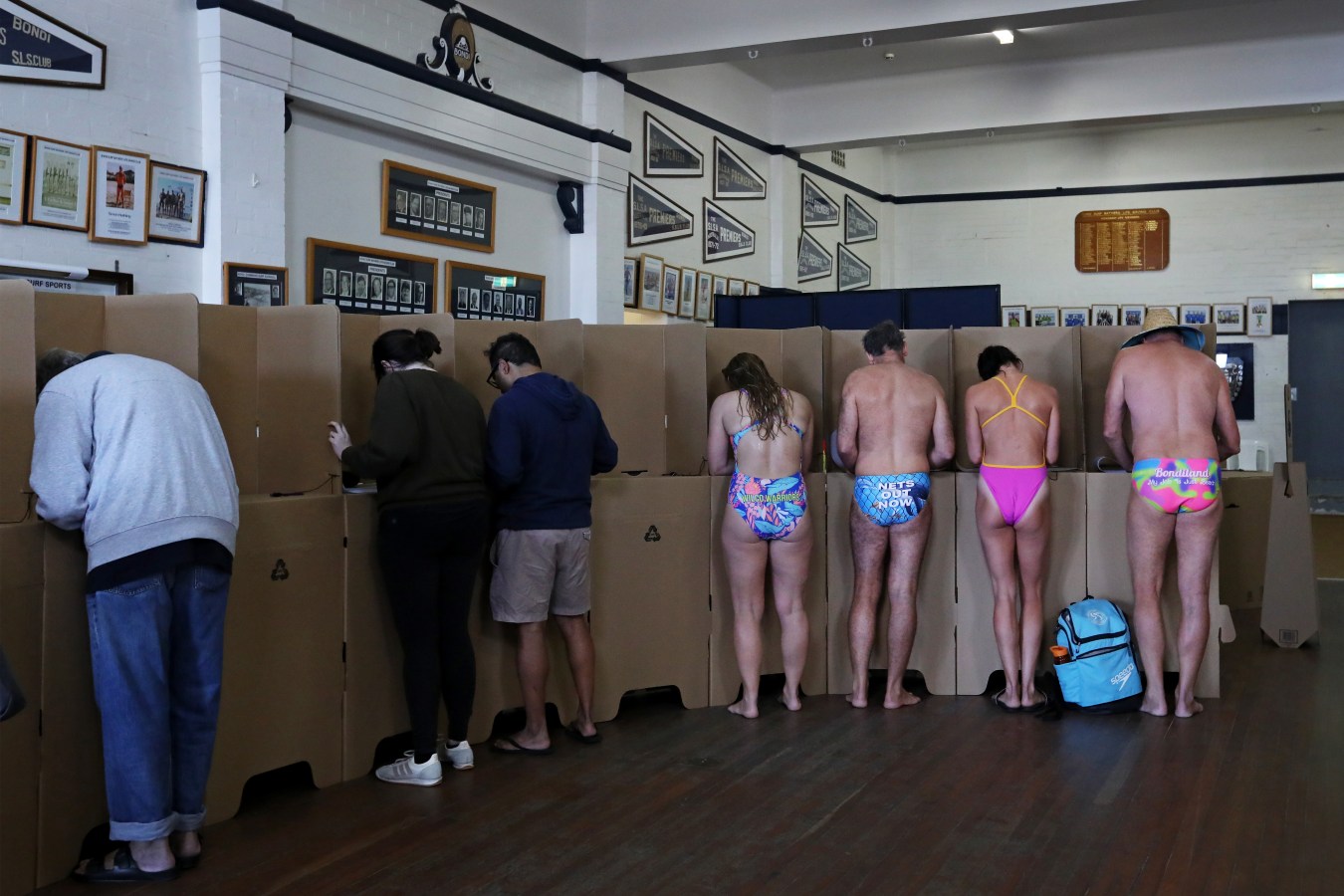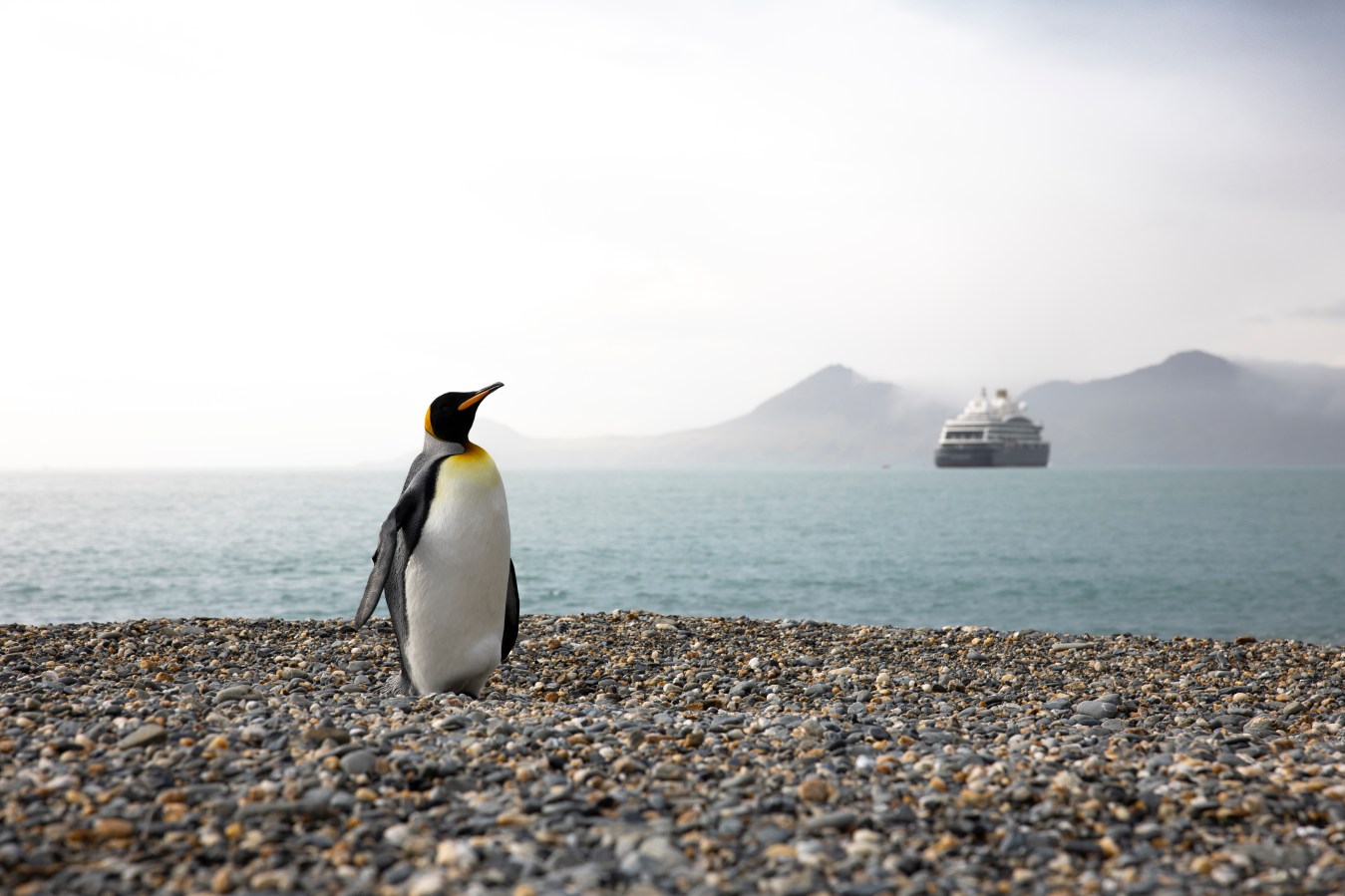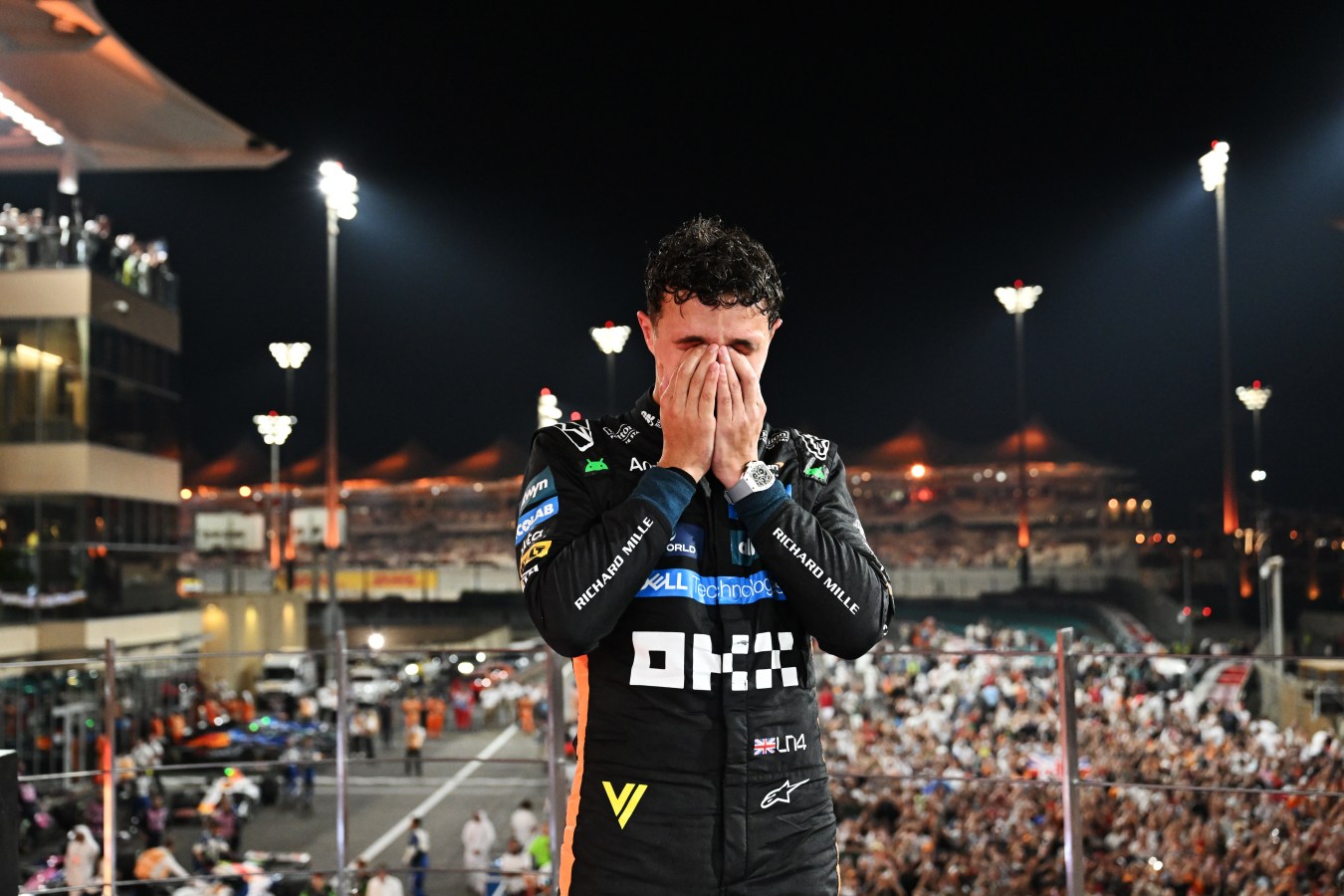The Middle East kingdom is on massive building spree—creating private islands, luxury hotels, theme parks, cruise ports, even a desert ski resort. The question remains: If they build it, who will come?
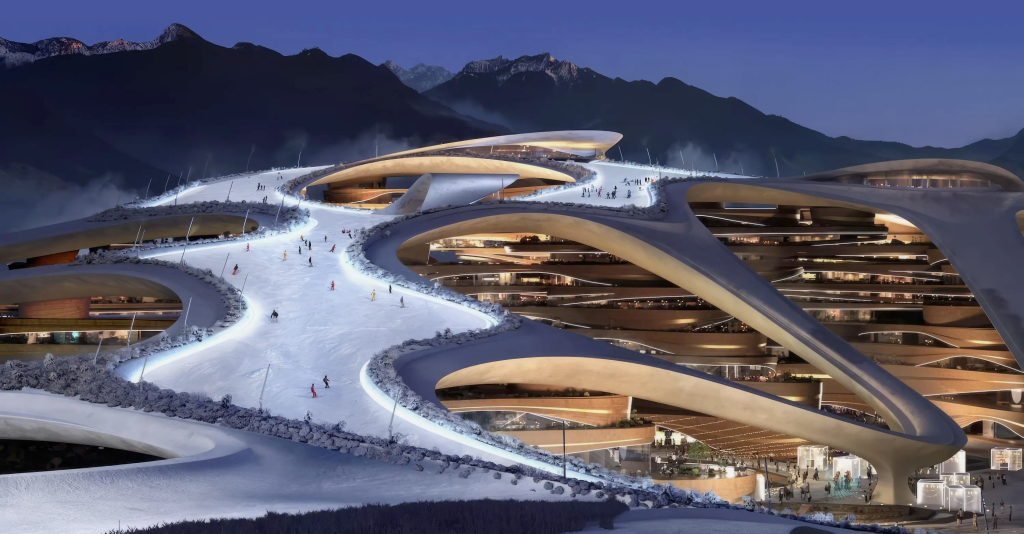
Whatever your preconceived notion of Saudi Arabia as a travel destination is, it’s about to be get a major renovation. Imagine Sindalah, for example, a 7-star private-island resort with three ultra-luxe resorts, 38 high-end restaurants and multiple superyacht marinas. Or Qiddiya, a futuristic city of 600,000 people rising from the desert floor, dedicated to e-sports and gaming. How about Trojena, a space-age ski resort built above the high desert? Or The Red Sea, a vast waterscape of 50 luxury resorts and 8,000 hotel rooms spread across 22 islands in a Maldives-style archipelago—powered entirely by wind and solar energy? Also in the works is The Rig, a $5-billion adventure theme park built on an off-shore oil platform. In addition, Saudi Arabia is positioning itself as a cruise destination, having recently bought a $300-million ship. Across the Kingdom, new roads, airports, golf courses and cruise terminals are rising from the sand. The map is literally being redrawn in real time.
Then there are all the new hotels, with their thousands of freshly built rooms. The world’s most iconic hospitality companies—Ritz-Carlton, Four Seasons, St. Regis, Fairmont, Marriott, Hilton, Hyatt and InterContinental—are falling over themselves to jump into a construction pipeline that’s churning faster than anywhere else in the world. Any one of these projects might momentarily pierce the travel industry’s fleeting attention span. But together, what’s going on in Saudi Arabia simply cannot be ignored.
Indeed, it can be often difficult to visualize the vastness of Saudi Arabia’s physical transformation. Some of the most notable ongoing projects—including Sindalah, the 7-star private island, and Trojena, the improbable desert ski resort—fall within NEOM, a $500-billion built-from-scratch region in northwest Saudi Arabia where the Kingdom is creating new cities, resorts and other developments. At 10,200 square miles and bounded by the Red Sea to the south and the Gulf of Aqaba to the west, it’s roughly the size of Albania.
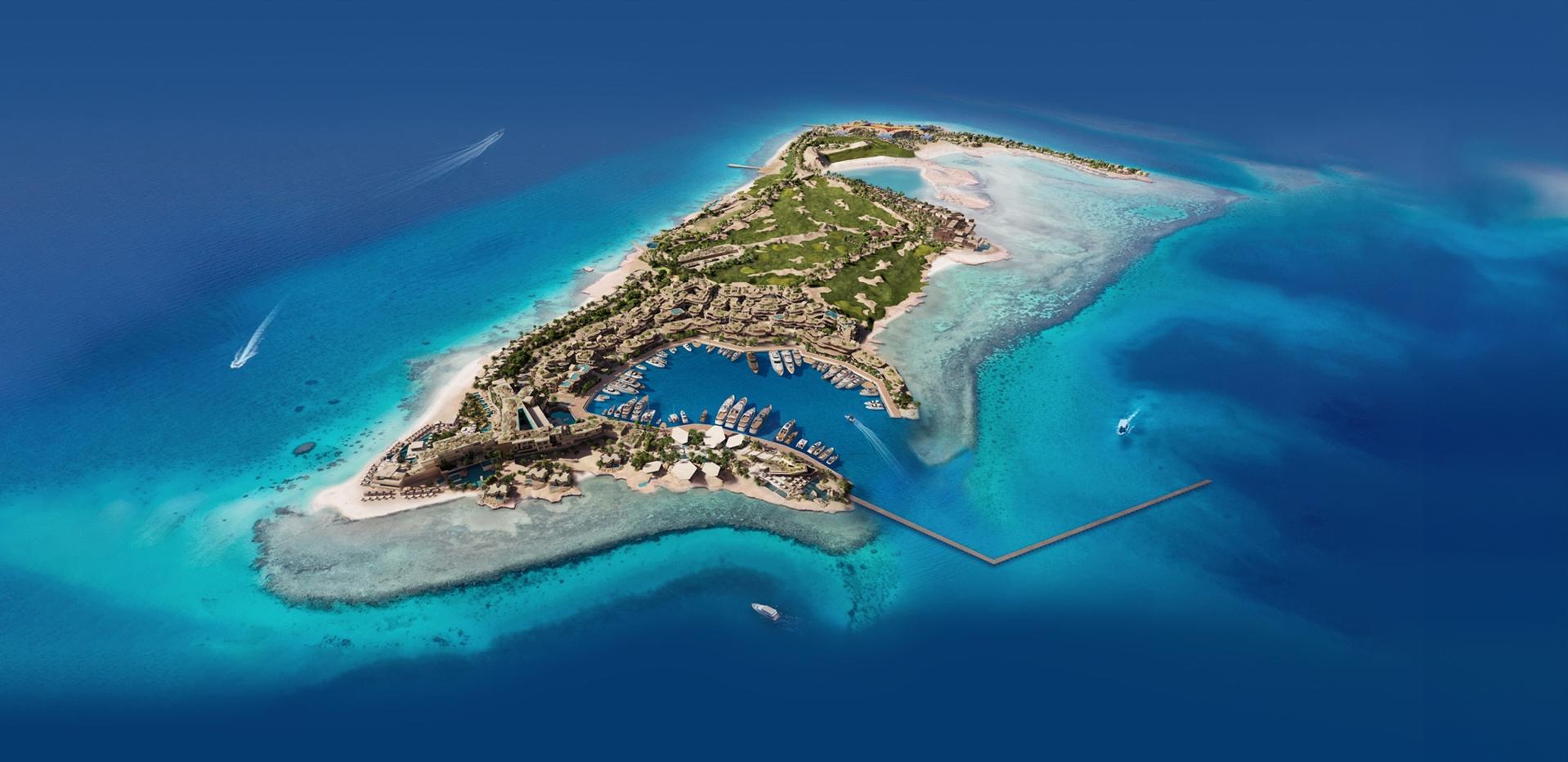
Fantasy Island: Sindalah will feature 88 villas, 333 apartments, 51 luxury retail stores and an 86-berth superyacht marina.
NEOM
Bankrolled mainly by the Kingdom’s $700-billion Public Investment Fund (PIF), the idea for NEOM was born out of Vision 2030, Saudi Arabia’s grand plan to shake off its historic reliance on oil and diversify its economy. One the scheme’s pillars involves reinventing the country as a global tourism juggernaut. When first announced in 2016, the Kingdom’s tourism goals seemed fanciful: Attract 100 million foreign and domestic visitors to the country every year and grow tourism’s share of the economy from about 3% to 10%. Oh, and do it all in just 14 years.
That aspiration seemed all the more preposterous given that, in 2016, Saudi Arabia had not yet opened its doors to international leisure travelers. At the time, travel to the Kingdom was almost entirely restricted to three types of people: expatriate workers, those with business visas, and religious pilgrims visiting the holy cities of Mecca and Medina.
Then in 2019, Saudi Arabia announced it would provide e-visas and visas on arrival to visitors from 49 countries, including the United States. Among other changes announced at the time: Female visitors would be exempted from wearing an abaya, the traditional and otherwise obligatory head-to-toe robe, in public places and would be allowed to travel without a male companion. Tourists would still be required to dress modestly and Mecca would remain off-limits to non-Muslims.
Since Saudi Arabia opened to the international travel market, the speed and spare-no-expense approach to its transformation has stunned even the most seasoned tourism analysts. “We’re seeing hugely ambitious plans, huge amounts of development,” says Caroline Bremner, head of travel and tourism research at Euromonitor International. “Billions, ultimately trillions, worth of dollars being invested in infrastructure and in diversifying their economy.” The World Travel & Tourism Council (WTTC) estimated the Kingdom has already spent $800 billion (AUD$1.2 trillion), and that doesn’t include the massive amounts of foreign investments pouring in.
The pandemic delayed some projects, of course, but rather than scaling back expectations, the Saudis ratcheted up their goal to 150,000 annual visitors by 2030. Here’s where semantics come into play. In tourism parlance, a “visitor” is defined as someone who visits a site within the country, which is very different from what Euromonitor deems an “arrival,” someone who makes an overnight stay. (Other organizations sometimes call the latter “tourists.”) Saudi Arabia had over 24 million foreign arrivals in 2023 and will welcome nearly 37 million in 2030, according to Euromonitor projections. “So if each of those 37 million overnight tourists visits three sites, you pretty much have got your 100 million visits,” Bremner says. “Then add on top of that your domestic tourists, and their own set targets are quite achievable.”
A more meaningful measure of success is how much foreigners are expected to spend while in Saudi Arabia. Euromonitor predicts that international tourists will spend $38 billion in 2030. But the total economic impact for Saudi Arabia will be far greater after adding in domestic travelers’ expenditures and the ripple effect of one million new tourism jobs. The WTTC projects that, by 2032, Saudi Arabia’s tourism sector could contribute nearly $169 billion to its GDP, representing 17.1% of the total Saudi economy.

Waterworld: The Red Sea Global project features several luxury resorts, including one with overwater bungalows.
Red Sea Global
“Remember, they’re building this destination on the ledger, essentially from scratch, for the international market, and they are bringing in the best of the best in terms of the quality of people they’re working with” says Bremner. “I can see that they’ve thought through every single aspect of tourism, from the staff to the product, the brand, the service, the connectivity, the sustainability. So it really does feel like they’re building something for the next century ahead.”
Preparing for the future also means recognizing the seismic shift in what the next generations of global travelers will want. Roughly 90% of young Chinese travelers and 70% of Gen Z travelers in the UK, Australia and India say they are looking to discover new destinations, according to data from Skift Research. In that sense, being the new kid on the tourism block is an enormous plus.
“New generations have a lot more information through social media,” Billy Canellas, head of asset management at NEOM, told conference-goers at the Skift Global Forum East in December. “[Younger travelers] are very well educated about the effects of overtourism in traditional destinations,” he added, noting “a clear tendency towards the eco-friendly and sustainable destinations” and an eagerness to learn about a destination’s “culture and the traditions of diversity.”
“The luxury market is getting more diverse and younger, and it’s shifting to the emerging markets,” says Bremner, noting that the United Arab Emirates, India and China are all highly appealing to this demographic. “We have this fresh-faced luxury traveler, and it’s not the traditional older generation of travelers with lots of money. It’s the New World luxury traveler, highly digital, very environmentally conscious, and for whom social impact is important.”
“Make no mistake,” says Geoff Freeman, president and CEO of the U.S. Tourism Association, “what Saudi Arabia is doing is they’re identifying who are some of the most important travelers are—the people willing to spend a lot of money on experiences—and asking, How do we go get them?”
There are, of course, many ways for the Saudi grand vision to go sideways. First, there are enormous financial risks inherit in tackling so many giga projects all at once, even for a country with bottomless pockets. “The Saudis are running at 82% public debt compared to government revenue,” Bremner says, noting that official public debt as a percentage of GDP was 23.8% in 2023. Still, it’s all relative. The Kingdom’s debt-to-GDP ratio is nearly double what it was a decade ago, but still quite low compared to other countries. For example, Switzerland’s government debt is 41% of GDP. The U.S. and Canadian governments’ debt is 133% and 106% of GDP, respectively. The U.K.’s debt is 98% of GDP.
Bremner’s biggest concern is hotel overcapacity, which would ultimately suppress prices. “That luxury positioning is going to come under a little bit of erosion, because [the Saudis] are moving so quickly. With that level of supply, it is quite hard to balance,” she says, adding that Euromonitor International’s latest forecast model predicts that the average traveler’s spend will have already dropped by 2030. “Too many hotel rooms that aren’t being filled will drive prices down, so that’s a risk.”
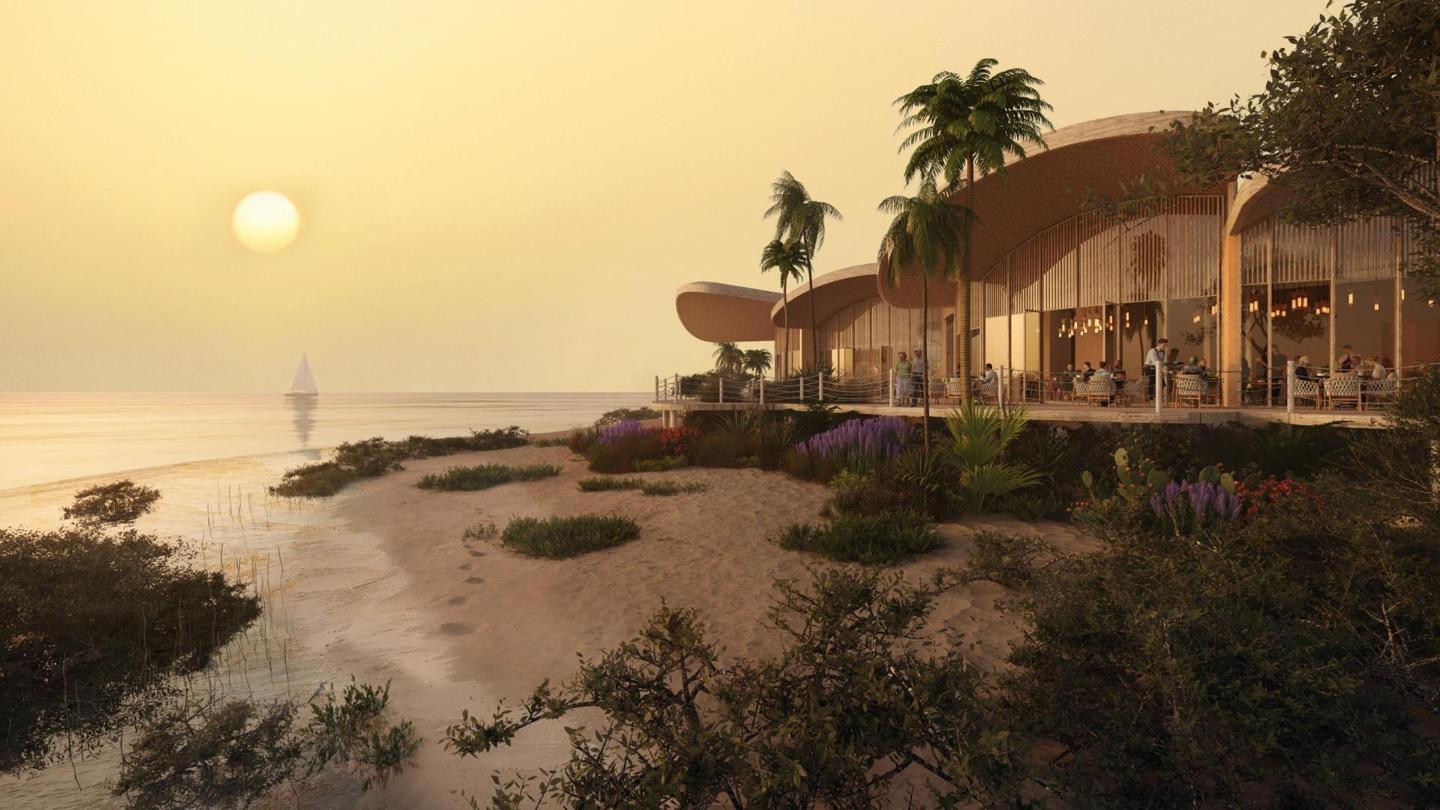
Sand Dollars: A new Four Seasons is a part of Red Sea Global and will have 149 rooms and suites, a spa and an 18-hole golf course.
Four Seasons Resorts
In addition, Saudi Arabia has a persistent PR problem among many would-be travelers, especially those from the West. The Kingdom still has strict laws about drinking and severe restrictions for women, not to mention allegations of human rights abuses and attacks against journalists. In 2021, the U.S. officially blamed Saudi Crown Prince Mohammed bin Salman for the 2018 murder of Washington Post journalist Jamal Khashoggi.
But any concerns about human rights haven’t stopped multinational corporations from investing in the Kingdom’s grand vision. “For some players, it will be a very important issue, perhaps a complete barrier to entry,” says Bremner. “However, we can see that the majority of luxury hotel brands have already shifted from China and the U.A.E. into Saudi Arabia.”
After all, the international travel market loves nothing more than a shiny, new destination in an emerging market and right now, the Middle East is having a moment. “You have the Middle East in the sort of perfect location,” says Bremner, “just like Turkey—within a five-hour flight of Asia and of Western Europe.”
Even with the start of the Israel-Hamas War last October, the Mideast was nevertheless the fastest-growing tourism region in 2023, with international arrivals 23% above pre-pandemic levels, according to the UN World Tourism Organization’s Tourism Recovery Tracker. That’s 35% above the global average, as the rest of the world’s tourism is, on average, still at a 12 point deficit compared to 2019 visitor volume.
While just over three million American tourists visited the region in 2023—making up 12.6% of total outbound U.S. tourists—that’s a massive 39% jump from 2019. And though the Middle East’s portion of American tourists was smaller than those of Europe (40%) and Asia (15.7%) last year, it was the only one of the three regions that has grown since the pandemic.
But Freeman isn’t concerned about Saudi Arabia’s ability to lure large numbers of American tourists. “I’m worried about them trying to attract Europeans, high-spending Middle Easterners, and Asians, who might have otherwise come and spent their money in the United States,” he says.
After all, Freeman says, international tourism is an increasingly competitive sport where one country’s gain is another’s loss: “What gives us pause,” he says, “is that other nations now realize that travel is a global competition to figure out who can attract the customer.”
This article was first published on forbes.com and all figures are in USD.
